Limavady bus station sits on the site of the town's former train station at the end of Main Street. Designed by Albert Wallace Architects and completed in 2000. It is a discrete and self contained building that contributes to the architecture of the town. Its location in a hollow also allows a fine view of Binevenagh mountain in the distance.
|
Limavady bus station sits on the site of the town's former train station at the end of Main Street. Designed by Albert Wallace Architects and completed in 2000. It is a discrete and self contained building that contributes to the architecture of the town. Its location in a hollow also allows a fine view of Binevenagh mountain in the distance.
0 Comments
Limavady Methodist Church is also on Irish Green Street and is a small building with a strong street presence. It displays one of the nice things about Limavady’s historic buildings - variety of stone work. In the area there are/were schist quarries, sandstone quarries and bassalt quarries as well as extensive brick fields. In this building the hard bassalt stone is trimmed off at the corners and openings by yellow brick. This is a givaway of its age because such brick was imported from Belfast and arrived in the area after the comming of the railways in the middle of the nineteenth century. In fact, the building was built in in 1877. It replaced an earlier building, which was situated up an entry at the east end of Main Street .
Second Limavady Presbyterian Church, Irish Green Street. Erected in 1840, it is typical of Presbyterian Churches of the time with a narrow entrance hall with stairs at each side leading to a gallery above and a classically inspired front facade. This is a little more ornate than most with a cut sandstone face and four Ionic pilasters apparently supporting an entablature with triangular pediment. It is a deliberately considered piece of architecture. Formerly there was a school and church hall framing the building to the street. This has now been replaced by a car park, but planting closer to the building helps to complement its symmetrical layout. Limavady Community Development Initiative offices in the former Roe Valley Hospital. Opened as the Limavady Union Workhouse in 1842, it is the best surviving example of the standard type in Northern Ireland. The workhouse followed an intentionally harsh regime with families separated on entry. It continued in operation until the late 1920′s with the last inmates transferred to Coleraine in 1930. It then became a district hospital and continued in this use until the late 1990′s when the building was transferred to LCDI. They undertook a major renovation to a high standard which has retained and enhanced the historic charcter of the building. 587.www.Marksoftime.com
At the other end of Catherine Street is Limavady Orange Hall. It stands like a bookend as the street starts to descend towards Roe Bridge. The building was completed in 2016 but it retains the marks of its predecessor in its facade. This works well to the street with the increased height harmonising with the previous elevation and the bright new painted finish increasing its civic presence. The side elevation works less well, in my view, as its rectangular modernist proportions hit the more conservative front facade in a way which is a little incongruous. The new building houses a heritage centre which is open to all. The previous hall opened in 1890. Parallel to Main Street, Limavady, is Catherine Street. This also has some elegant Georgian houses. Formerly all in brick, a number have now been rendered.The Ulster Bank was originally two houses in the centre of the main terrace. One opened as a bank in 1918 with the other the manager’s house. They were combined some time after 1920 when it is likely that the decorative render was applied. The ground floor was reordered in the early 1970′s and again in the 1990′s. When first built, of course, the post office was not on its own but was an integral part of the streetscape of the northern end of Limavady Main Street. To the upper side, the cinema, to the lower, a thatched building surviving into the 1950′s. The Old Post Office at the end of Main St Limavady opened in 1952. It was designed by TFO Rippingham of the N Ireland Ministry of Works in a restrained classical style. It is an unusual building, very tall and thin with stepped Dutch gables and balustrade type details under the main windows. Now used as a coffee shop, it is an important connection between Main Street and Tesco’s carpark behind. On the gable out of site on this drawing is a rectangular column on the centre line rising to about door head height/ This is surmounted by a carving of a crown with the words E11R 1952 below. In a corner of Christchurch Limavady’s churchyard is this unusual war memorial. It is part of the rear tail fin of an Avro Shackleton bomber. The memorial comemorates ‘all those who served at RAF Ballykelly, RAF Eglinton, RAF Limavady and RAF Maydown and all associated units throughout WWII and the subsequent Cold War period.’ It is a huge object giving a clear understanding of the size of these planes which were used by the RAF from 1949 to the early 1990′s. It is also an important reminder of a significant part of this area's Twentieth Century history. At the southern end of Limavady Main Street is a very different building. Single storey with a projecting central tower, this is the courthouse. It dates from 1914 and was designed by the county surveyor CL Boddie.
|
Marks of Time
Sketches of buildings in the North West of Ireland and further afield with a little information about their history. Categories
All
Archives
June 2024
|

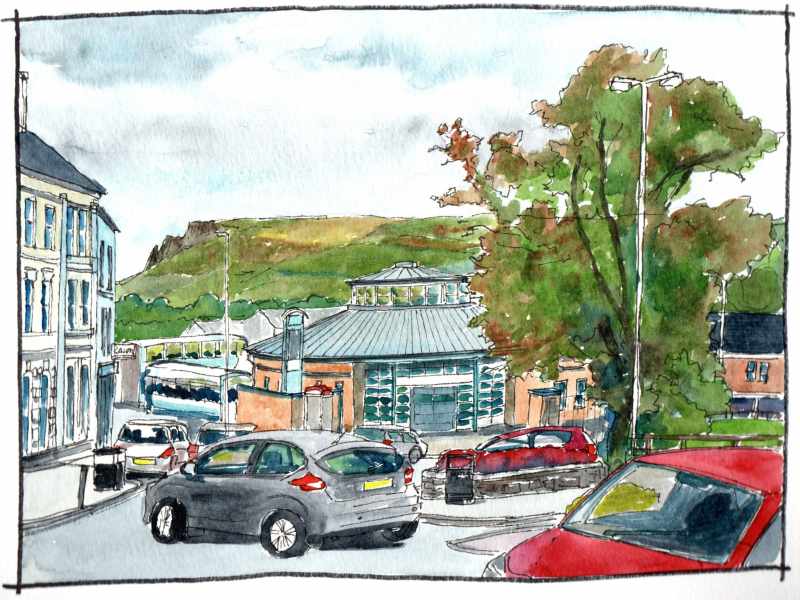
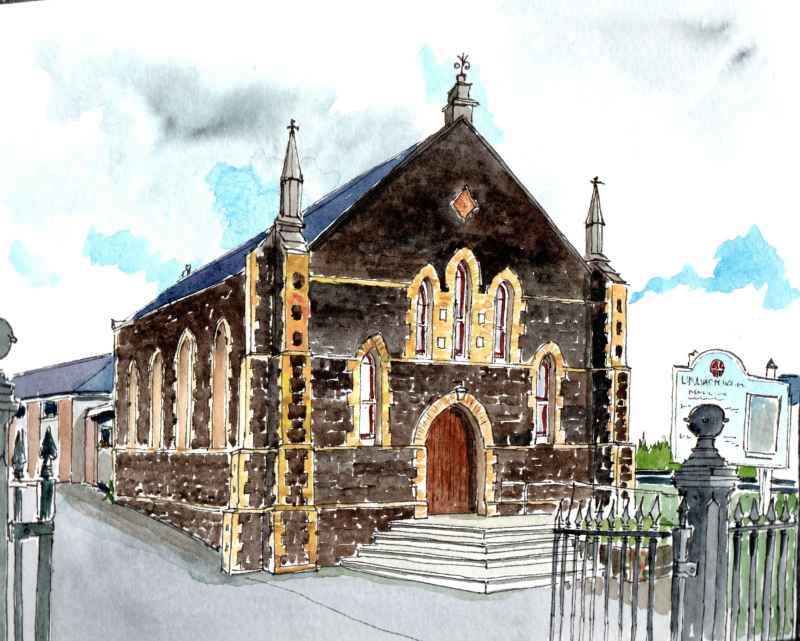
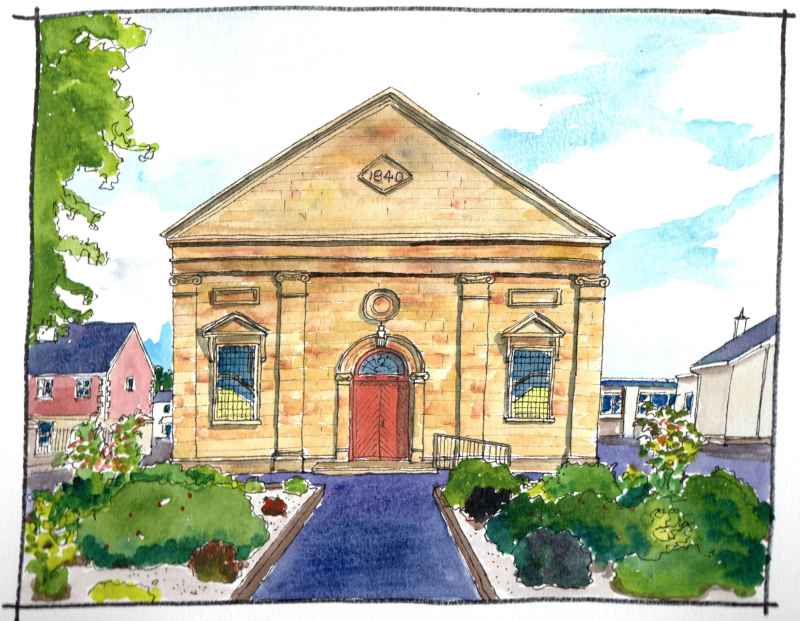

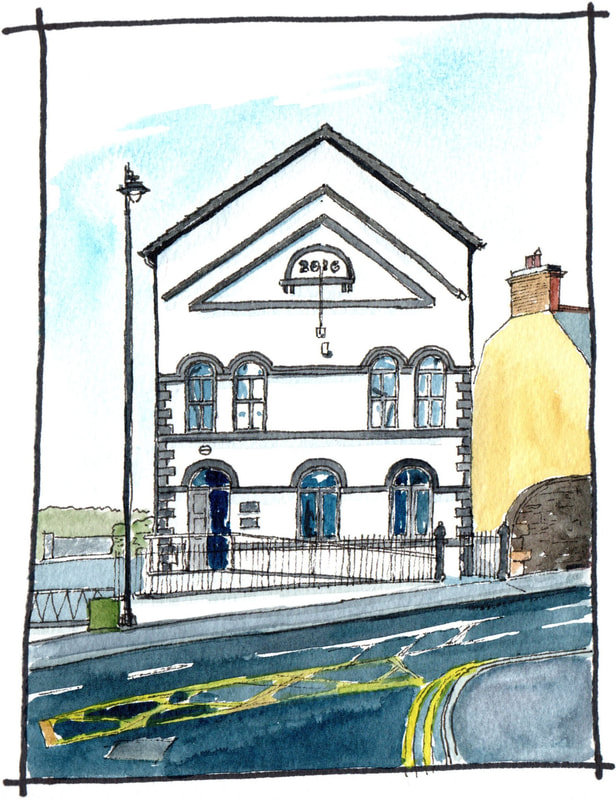
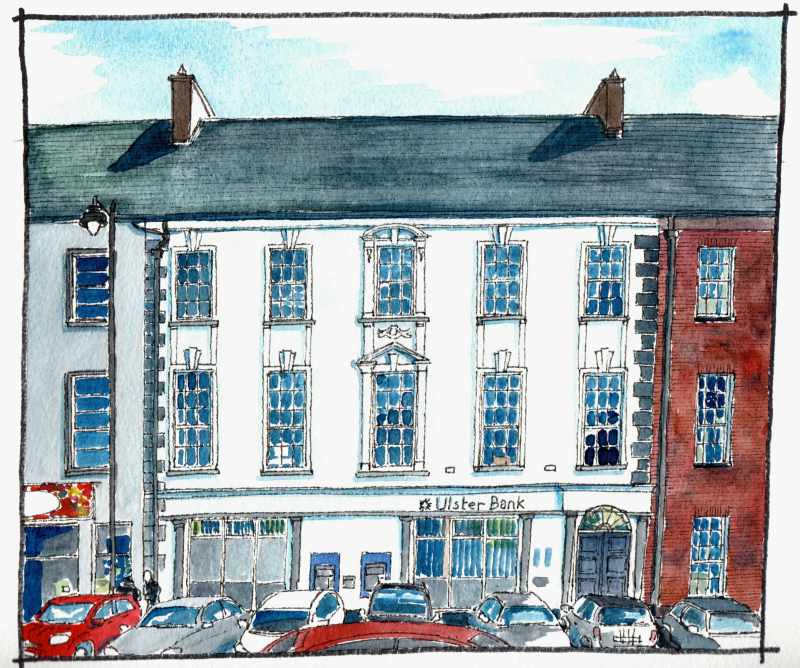
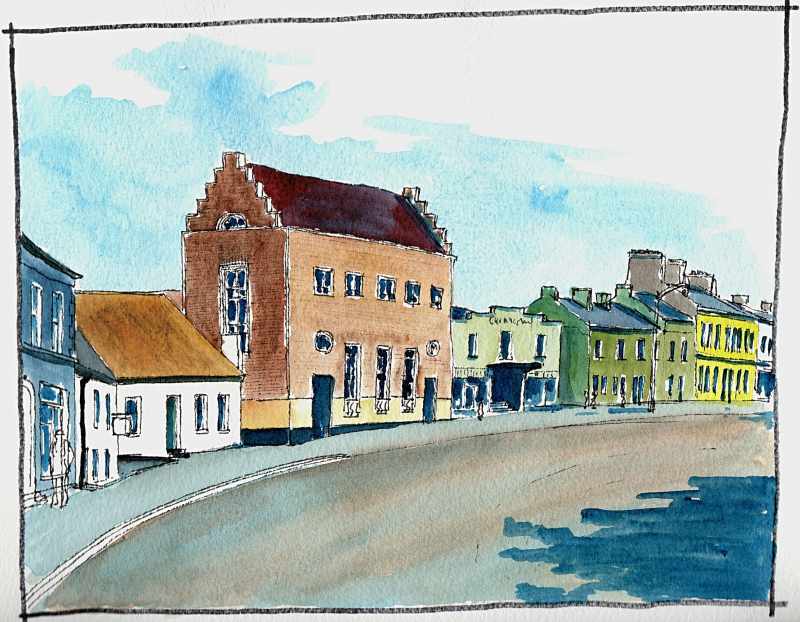
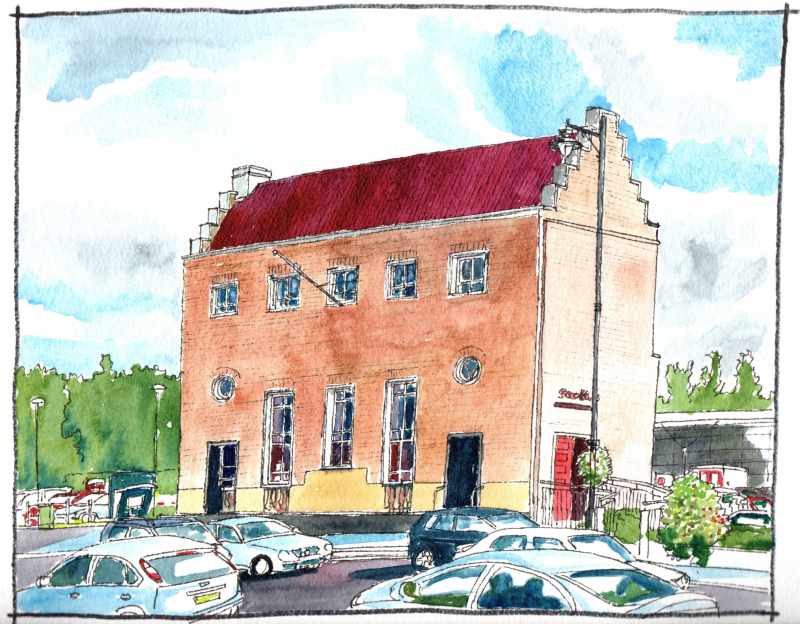
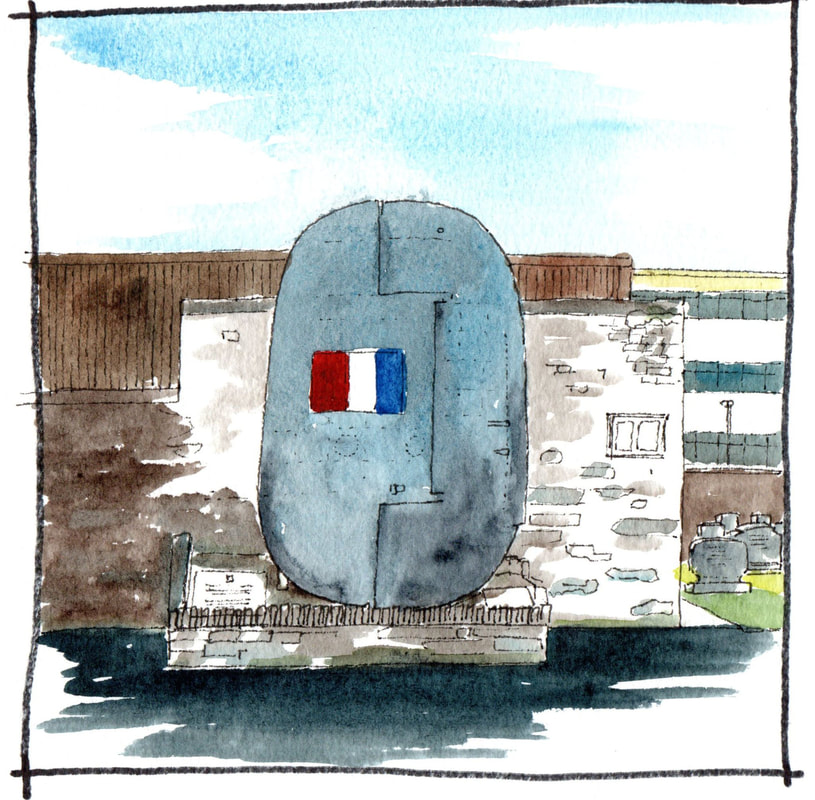

 RSS Feed
RSS Feed
